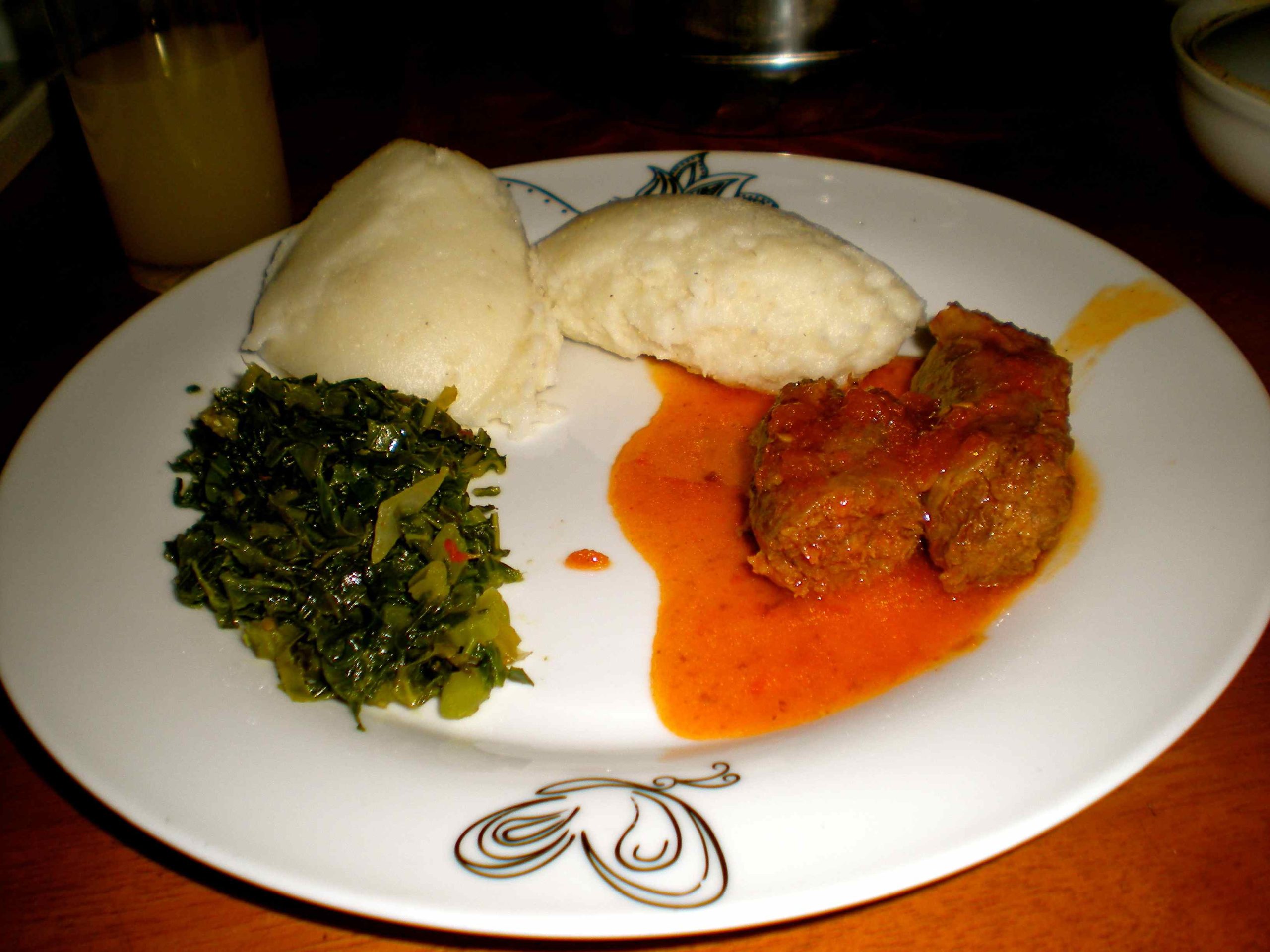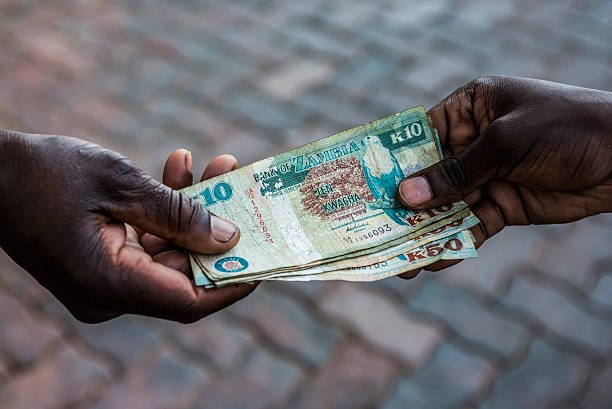• Solwezi’s cost of living currently stands at K8, 000.
• In Livingstone, the cost of living stood at K5, 407 in January 2021 and now stands at K6, 409.
• The cost of living in the capital city has been showing an upward trend with January recording K8, 394.01.
Jesuit Centre for Theological Reflection (JCTR) says Kasama is the cheapest town to live in, standing at K4, 920 as at April 2022, from K3, 854 in January this year.
Giving a presentation during the JCTR Summit on Social Conditions of the Zambian people, Organization Faith and Justice Manager Muchimba Siamachoka disclosed that Solwezi’s cost of living currently stands at K8, 000, from K6, 400 and K7, 672 in January and July 2021 respectively.
Ms. Siamachoka also revealed that in Livingstone, the cost of living stood at K5, 407 in January 2021 and moved to K5, 741in October 2021 and now stands at K6, 409 as at April 2022.
“The cost of living in the capital city has been showing an upward trend with January recording K8, 394.01, moving to K8, 495 in July 2021 and now stands at K9, 326 in April, 2022,” Ms. Siamachoka revealed.
She further stated that overall, the cost of living has gone up between January 2021 and April 2022, largely due to increased prices of various commodities on the food basket.
Ms. Siamachoka added that one key development has been the establishment of monthly fuel price reviews that have seen price increases from K16 for petrol in November last year to K26 in April 2022.
“The cost of living has remained high in Lusaka and other highly urbanized towns such as Ndola, Kitwe, Solwezi, Kabwe, etc,” she noted.
Speaking earlier, JCTR Executive Director Fr. Alex Muyebe said Zambia’s social and economic outlook is still a challenge, with the cost of living currently standing between K4, 900 and K9, 300 across the country.
Fr. Muyebe stated that since the March JCTR summit, the country saw a weak economic outlook as the exchange rate deteriorated, noting that according to the Labour force study conducted by Zambia Statistics Agency, average incomes stand at K4, 391.
He said the Covid-19 pandemic and the country’s current indebtedness are the other significant challenges hampering economic growth, although there is some grim of hope as inflation and the exchange rate appear to be stabilizing.
“The 2021 national summit had identified the following priority areas; the need for government to conduct a Living Conditions Survey; creation of decent jobs; revision of the minimum wage as the last minimum wage revision has been eroded in view of the changing socio-economic conditions.”
“Exploration of the possibility of instituting a living wage in tandem with the cost of living; restoration of fiscal and debt sustainability; exploration of improving the future of jobs in the informal sector; utilization of empowerment especially of women and behavior change pathways to enhance nutrition outcomes; and ring-fencing poverty reduction funds especially allocation to the social sector,” Fr. Muyebe stated.
He added that it was the stakeholders’ hope that concrete interventions responding to the aforementioned priority areas identified during the last national Summit will be established in this year’s Summit.
Meanwhile, Fruit and Vegetable Traders Association President Bernard Sikunyongana revealed that Zambia is still importing huge tonnes of fruits such as oranges, apples,
“At the moment Zambia is importing fruits from South Africa100 percent meaning there is no locally produced apples, we are still importing pears 100 percent, grapes 100 percent, we are importing oranges 90 percent, and nutches 95 percent. Currently we are not importing bananas we have improved on that one from 2008 all the bananas are locally produced.”
“However on the bananas, we still have a challenge to feed the Congo market, so normally the traders will import from Tanzania and go straight to Kasumbalesa. We are no longer importing tomatoes, and we are now no longer importing potatoes, we have improved the last 4 years we can produce enough potatoes in our country” Mr. Sikunyongana revealed.
He however said the country still has a challenge with onion production as imports currently stand at 6 months, meaning that 50 percent of what is supposed to be consumed locally is imported, and this amounts to US$12 million adding that South Africa has been the main supplier of the commodity.
“We are still importing garlic for a period of 8 months, it comes from China with a value of US$45 million,” he added.
Speaking at the same Summit, Dairy Association of Zambia (DAZ) Policy Monitoring and Evaluation Officer Enock Zulu said the Association has facilitated importation of dairy animals from South Africa within the last two quarters to boost production and productivity.
He added that the first bunch of 150 animals was imported towards the end of the year on behalf of the farmers when the exchange rate was around K18 and K19 while the next bunch was procured last month and the US dollar was around K17.
“We are buying those animals in US dollars and if you look at the exchange rate today its somewhere around K16.08, so if we procured those animals now when the dollar is low, we could have produced more so meaning that somehow the productivity is compromised, once the exchange rate is favorable then definitely you acquire more,” Mr. Zulu stated.
Mr. Zulu further said milk production in the country is usually high from November to April because there is a lot of Pasteur and small holder farmers tend to make a lot of profits during this period.
He however disclosed that some farmers have exited the dairy industry due to the high production cost exacerbated by variations in the exchange rate and fuel prices among other factors.
“For us to have enough animals we depend on imports including feed itself and the exchange rate affects this. If we look at milk processing, for that milk to processed, again we are an import dependent economy. If we keep depending on imports of milk powder we will affect production of milk.
The 2022 National Summit was held under the theme “Building conducive conditions for inclusive development” and was attended by government and various Civil Society Organizations.







